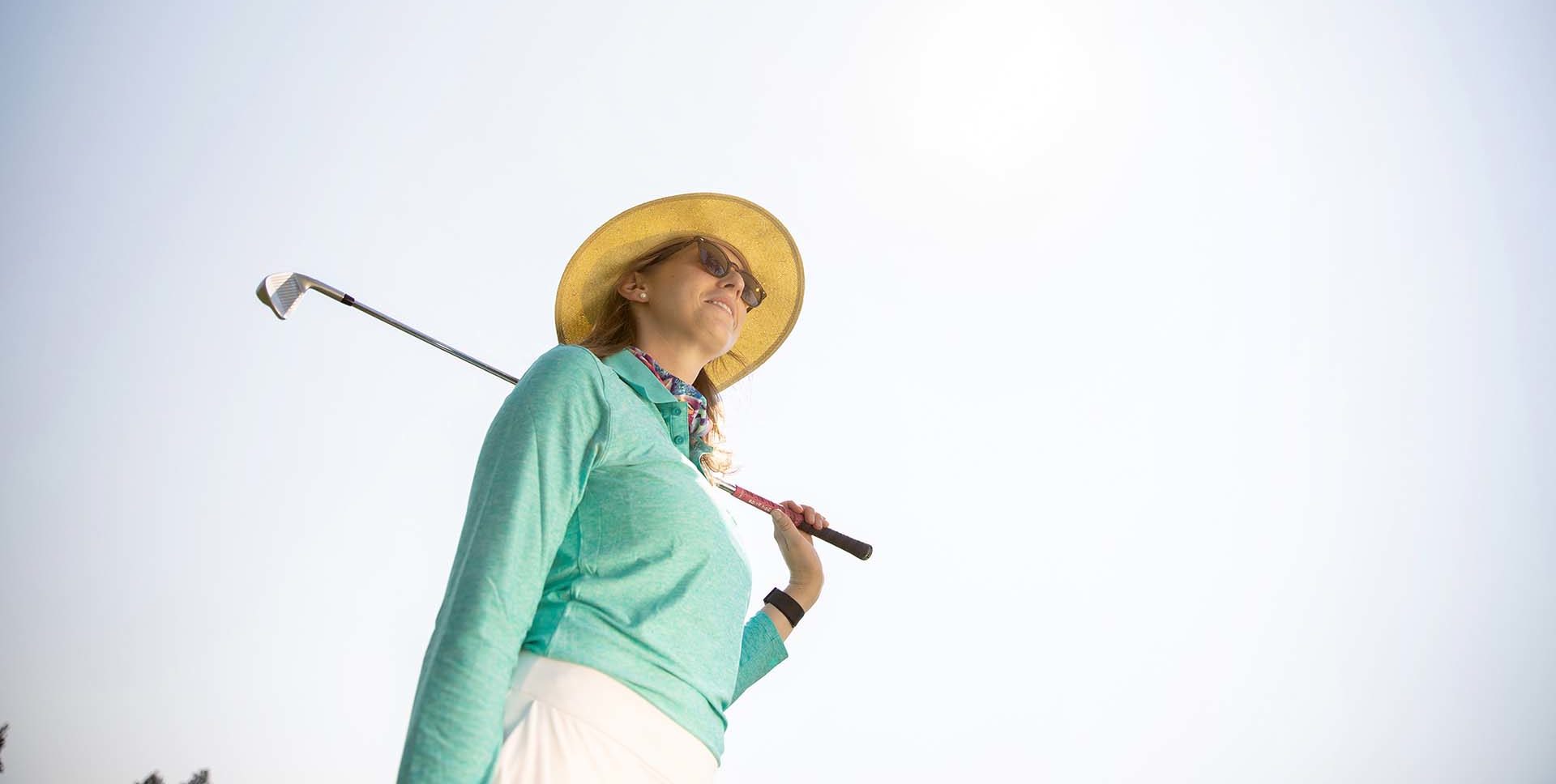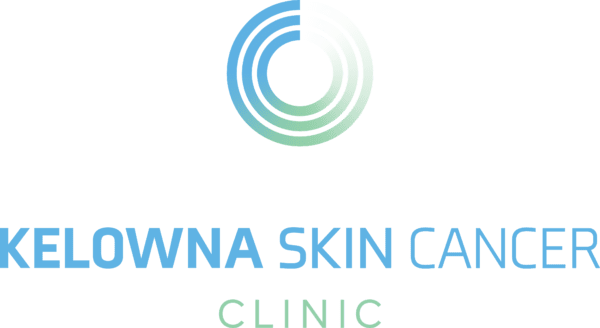RISK FACTORS
Understanding the risk of skin cancer.
It’s important to understand UV radiation in order to know why you need to protect yourself from it. Thankfully, there are ways to effectively reduce the risks posed by UV radiation. You can still participate in your favourite outdoor activities. Just make sure you take the simple, effective measures to minimize your risk.

Exploring the relationship between UV radiation and skin cancer.
UV radiation is a component of the sun’s energy. It can also be artificially produced by some sources, like tanning devices. UV rays have a shorter wavelength than the visible light on the electromagnetic spectrum. Because of that, UV rays can’t be seen with the naked eye. However, your skin can feel this radiation and the rays can cause damage. This damage can be direct DNA damage or indirect, by suppressing the immune system that will detect and kill abnormal pre-cancer and cancer cells.
Certain types of UV rays can be cancerous. It’s important to know about them to protect yourself better.
UV rays and radiation types.
Ultraviolet A (UVA) possesses a longer wavelength, but has less energy than UVB. UVA can cause the skin cells to age quicker and may indirectly damage DNA in the cells. These are chiefly related to long-term damage to the skin such as wrinkles
Ultraviolet B (UVB) has more energy than UVA, but a shorter wavelength. This means that these rays can cause sunburns and can directly damage the DNA in the skin cells. The majority of skin cancers are known to be caused by UVB.
Ultraviolet C (UVC) won’t cause any notable damage to your skin.
Besides the sun, UV exposure can occur due to the following reasons:
- Sunlamps and sunbeds (tanning beds & booths)
- UV therapy
- Mercury vapor lamps
- Black-light lamps
- High-pressure xenon-mercury and xenon arc lamps, welding arcs, and plasma torches
UV radiation is a well-known cause of squamous cell carcinoma (SCC) and basal cell carcinoma (BCC) that usually develop on the sun-exposed parts of the skin. These types of cancer are common, but curable if caught early on.
Many skin cancer risk factors stem from exposure.
Melanoma, the most dangerous type of skin cancer, is developed by a combination of genetic predisposition and UV light exposure. UV rays can bring about genomic changes, which is responsible for tumour growth. Other serious health issues can occur, such as:
- Premature aging of the skin
- Signs of sun damage like leathery skin, wrinkles, actinic keratosis, “liver spots”(solar lentigines), and solar elastosis
- Eye problems, such as burnt or inflamed corneas, and eye conditions like cataract and pterygium
- Suppressed or weakened immune system
Follow the Fitzpatrick chart to find out if you’re high risk.
The Fitzpatrick chart identifies the skin type classifications and helps determine how your skin reacts to UV exposure, beginning with highest-risk patients.
Fitzpatrick Skin Type 1
A patient with this type of skin will typically have red or blonde hair, pale skin, green or blue eyes, and will burn rather than tan.
Fitzpatrick Skin Type 2
This skin type is attributed to patients with fair skin, blonde hair, blue eyes, and who burn very easily.
Fitzpatrick Skin Type 3
A patient in this category has beige skin, light brown hair, and will usually have a tan that follows a burn.
Fitzpatrick Skin Type 4
This skin type is attributed to patients with light brown skin, dark brown hair, and who tan more often than they burn.
Fitzpatrick Skin Type 5
A patient with this type of skin will have dark brown skin, brown/black hair, and will tan easily and burn rarely.
Fitzpatrick Skin Type 6
A patient with this type of skin will have dark brown or black skin, dark hair, and will tan easily and never burn.
Protect yourself from UV rays.
Protection against the sun’s harmful UV rays and any man-made source is important for a number of reasons.
- They cause damage to the genetic material of the skin’s outer layer
- The sun’s strength remains the same year-round during daytime hours
- Cloudy days don’t offer more protection. These rays can penetrate cloud cover and even windows.
- UV rays cause sunburns, suntans, and even blistering
Fortunately, despite the risks associated with UVA and UVB rays, you can still live an active lifestyle outdoors by protecting your skin against the UV-induced damage. Find out what measures you can take to minimize the risks.
